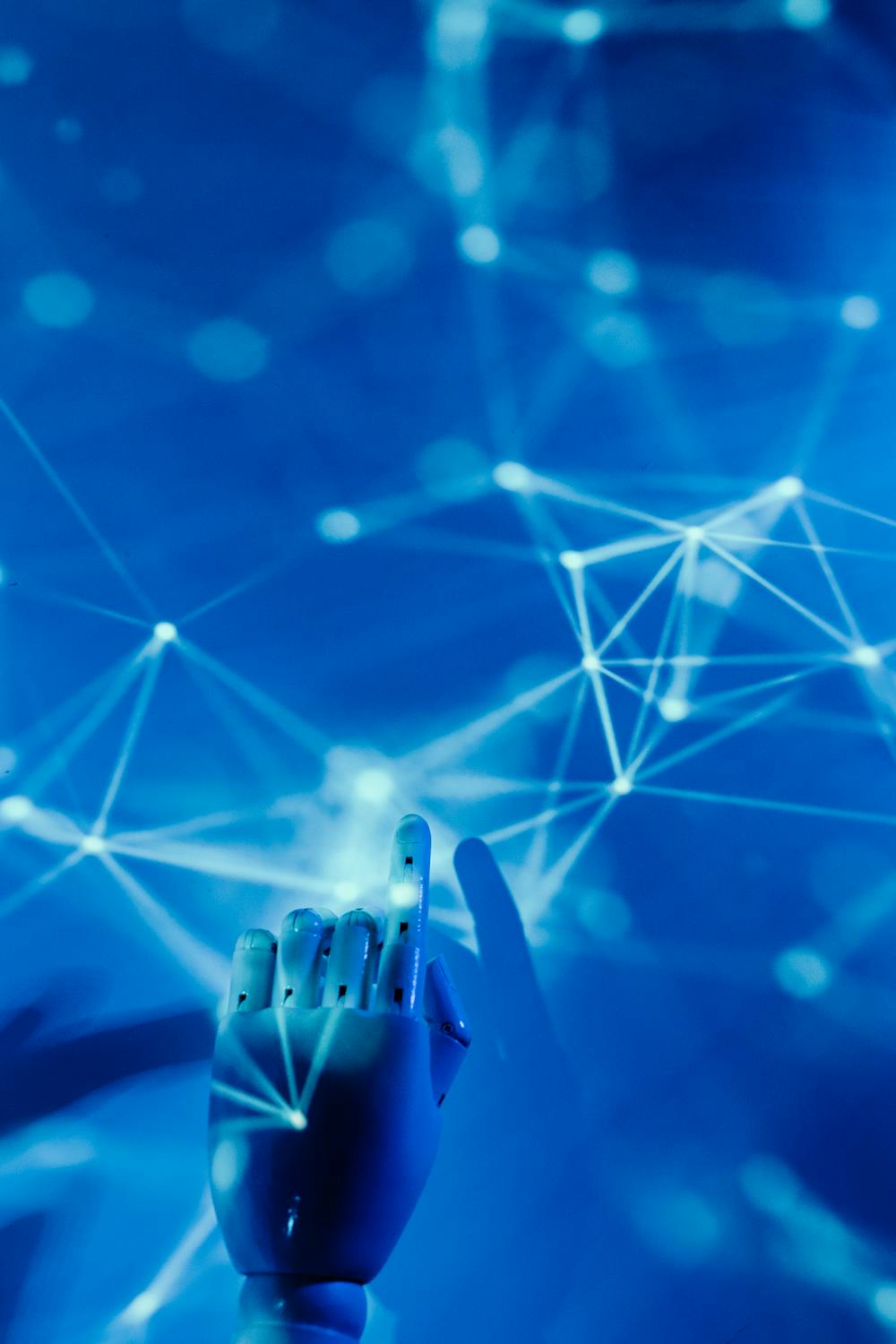Can AI Think Like a Human?

Artificial Intelligence (AI) has made astonishing progress, performing tasks once thought exclusive to human intellect – from playing complex games like Go to generating creative text and images. This leads to a profound and often debated question: Can AI actually *think* like a human?
Defining "Thinking": More Than Just Computation
Before comparing AI and human thought, we need to consider what "thinking" involves for humans. It's not just processing information; it encompasses:
- Reasoning & Logic: Drawing conclusions from evidence.
- Learning & Adaptation: Acquiring new knowledge and adjusting behavior based on experience.
- Problem Solving: Identifying issues and devising solutions.
- Creativity & Imagination : Generating novel ideas or concepts.
- Understanding Context & Nuance: Grasping subtle meanings, sarcasm, or implicit information.
- Common Sense Reasoning: Applying general world knowledge intuitively.
- Emotions & Subjectivity : Experiencing feelings that influence decisions and perception.
- Consciousness & Self-Awareness: Having subjective experience and awareness of oneself as an individual.
Thinking is a complex tapestry, woven from logic, experience, emotion, and consciousness.
What AI Excels At: Simulating Aspects of Thought
Modern AI, particularly machine learning, excels at specific tasks by learning patterns from vast amounts of data. As explored in "Who feeds data to AI?", this data is crucial. AI can:
- Recognize Complex Patterns: Identifying faces in photos, anomalies in financial transactions, or linguistic patterns in text far faster than humans.
- Perform Complex Calculations & Optimizations: Solving intricate mathematical problems or finding optimal routes.
- Learn Specific Skills from Data: Mastering games, translating languages, or generating realistic-sounding text based on learned statistical relationships.
- Automate Repetitive Cognitive Tasks: Categorizing emails, processing documents, or answering frequently asked questions.
In these areas, AI can *simulate* the outcomes of certain types of thinking with remarkable proficiency, often exceeding human speed and scale.
Where AI Differs Significantly from Human Thought
Despite its capabilities, current AI fundamentally differs from human cognition in several key ways:
- Lack of True Understanding & Context: AI processes patterns in data but doesn't truly "understand" meaning or context in the way humans do. Large language models can generate coherent text but don't grasp the underlying concepts or real-world implications.
- Limited Common Sense : AI struggles with the vast, implicit background knowledge humans use effortlessly (e.g., understanding that water makes things wet or that you can't push with a rope).
- No Consciousness or Subjective Experience: AI systems do not possess self-awareness, feelings, or subjective consciousness – the feeling of "what it's like" to be something. They simulate responses; they don't experience them.
- Inherent Creativity vs. Pattern Recombination: While AI can generate novel-seeming outputs, it primarily recombines patterns learned from its training data. True human creativity often involves leaps of intuition, emotion, and understanding beyond statistical patterns.
- Generalization & Adaptability : Humans can often apply knowledge flexibly to entirely new situations. AI is typically trained for specific tasks and often fails when faced with scenarios significantly different from its training data (brittleness).
- Emotions & Values: AI lacks genuine emotions, beliefs, or ethical values, which heavily influence human thought and decision-making.
These differences highlight that AI operates on fundamentally different principles than the human brain.
Narrow AI vs. Artificial General Intelligence (AGI)
It's important to distinguish between the AI we have today (Narrow AI or Weak AI) and the hypothetical AI often depicted in science fiction (Artificial General Intelligence or Strong AI).
- Narrow AI: Designed and trained for one specific task (e.g., playing chess, recommending movies, driving a car under specific conditions). All current AI falls into this category.
- AGI: A hypothetical AI with human-like cognitive abilities across a wide range of tasks, capable of understanding, learning, and applying intelligence as flexibly as a human. This remains theoretical.
Conclusion: Simulation, Not Replication
So, can AI think like a human? Based on our current understanding and technology, the answer is no. AI can brilliantly *simulate* specific cognitive functions and produce outcomes that resemble human thought in narrow domains. It can process information, identify patterns, and make predictions based on data at incredible speeds.
However, it lacks the consciousness, genuine understanding, common sense, emotional depth, and adaptable general intelligence that characterize human thinking. AI is a powerful tool built by humans, reflecting patterns in the data we provide. It complements human intelligence rather than replicating it. While the future of AI is exciting and uncertain, equating today's AI with human thought misunderstands both the technology and the profound complexity of our own minds.
Understanding these distinctions is crucial for setting realistic expectations and leveraging AI effectively, contributing to an organization's overall Data IQ. DataMinds.Services helps businesses navigate the practical applications and implications of current AI technology.
Team DataMinds Services
Data Intelligence Experts
The DataMinds team specializes in helping organizations leverage data intelligence to transform their businesses. Our experts bring decades of combined experience in data science, AI, business process management, and digital transformation.
More Articles
Understanding the Power and Limits of AI?
Leverage AI as a powerful tool while understanding its capabilities and limitations. Contact DataMinds Services to explore how AI can realistically benefit your business.
Explore AI Solutions

